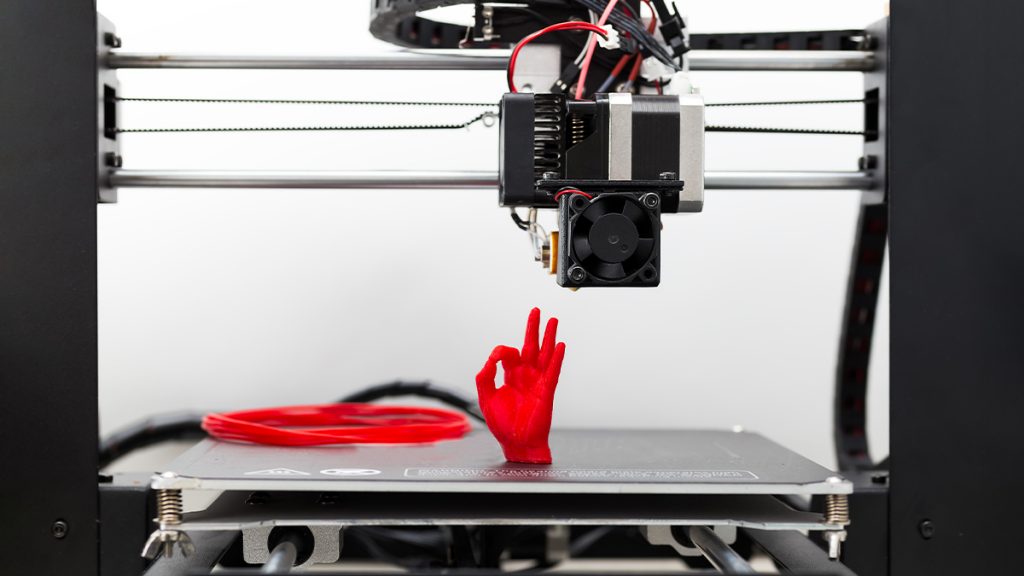Variability in the 3D printing of items has actually been a major concern of management for years.
Current levels of consistency in 3D printing — likewise known as “additive production”– are sufficient for lots of products. They include molds, toys, dental devices, optical lenses, glasses, printed circuit boards (PCBs), some antennae and sensing units, and non-weight-bearing metal and plastic extra parts for locomotives, heavy industrial devices, airplanes, and military equipment.
Insight Center
Nevertheless, that is still a reasonably little portion of the prospective market where this production innovation could be used if the consistency of its output might be raised. Comprehending this, the additive production industry is introducing a full-blown attack on the issue. The assault is a three-pronged effort utilizing hardware, software, and management systems to lower the irregularity of the items printed.
It’s tough to improve the output of 3D printing without thinking about the hardware of the printers themselves (e.g., motors, print heads, lasers), as well as hardware devices such as temperature level sensing units, humidity sensing units, and X-ray electronic cameras to keep track of quality and catch mistakes layer by layer during the printing process. Velo3D, a Californian printer producer, is one example of a company whose devices can keep track of metal parts during the printing procedure. Through the use of sensors, its printers can be enhanced with a system that monitors things such as oxygen levels, humidity, and unused powder levels.
Efforts to enhance the printing process can also include standard (subtractive) manufacturing tools, which are being used to improve consistency layer by layer. The makers of 3DEO, another Californian printer maker, have sensors to take advantage of real-time information on dimensional precision and process criteria to optimize prints. Based upon this data, 3DEO machines make use of a cutting tool (a micro end-mill) that cuts edges and internal functions, such as lattices and holes, to attain the needed tolerances and wanted geometries. The trimming is done layer by layer.
Software application and data. Expert systems and artificial intelligence are also playing an important function in the drive to make 3D printed items more constant. They are being utilized to enhance the setup of materials, style features, printer settings, printing processes, and ecological conditions for making a product. These innovations can develop production feedback loops that instantly remove defects as printing takes place and can significantly decrease inconsistencies of outputs throughout printers and gradually.
For instance, PrintSyst, a new Israeli software business, has actually developed expert system that manufactures the results of thousands of print jobs. It tries to find factors that can help accomplish higher consistency, yield rates, cost savings, and any measurement of quality clients may prioritize. The software application then recommends printing innovations, product options, maker criteria, and even style modifications to attain the goals picked for optimization.
Older software application for orientating and stacking parts in a build chamber has actually advanced and now includes algorithms that do hundreds or thousands of calculations in a matter of seconds to absolutely no in on the ideal method to make a particular geometry in a defined printer.
New additive manufacturing platforms — e.g., 3DPrinterOS, which is made by California-based 3D Control Systems — are now capable of managing consistency for countless printers dispersed over the globe. Such platforms can control multiple 3D-printers from another location and designate tasks based upon the availability and ability of machines. In lots of scenarios, 3D Control Systems installs its own software on the printers themselves, which allows its platform to take control of the printers. This control is used to improve consistency by preventing or correcting common errors or mistakes, including using inadequate print files, unlevel develop plates, and the improper choice of nozzles for the wanted output.
Management systems. This approach utilizes reliable management methods for improving consistency and reliability.
One of the newer management approaches consists of “deliberate constraining,” which purposely restricts the usage of printers to their optimum yield varieties. Not all technologies are equal, so understanding the complexities of their efficiency within specific borders such as size restrictions, material options, and batch sizes enables the producer to take complete benefit of a provided 3D printer’s strengths.
Not all sources of variability have been fully dealt with. These consist of how devices are brought onto the network as well as the form and structure of information and workflow in and out of nodes in the system. As firms establish procedures and platforms for managing their dispersed manufacturing systems, these problems will ultimately be solved. For instance, additive platforms will eventually collect a standard set of machine-level data in organized ways that will make it possible to decrease variability in production significantly.
In today’s world of unsure demand, flexible digital production, pandemics, and other disruptions of global trade, there will be more require for dispersed and localized production. It is affordable to expect development in the use of 3D printing, which will further increase the pressure to improve its consistency.
